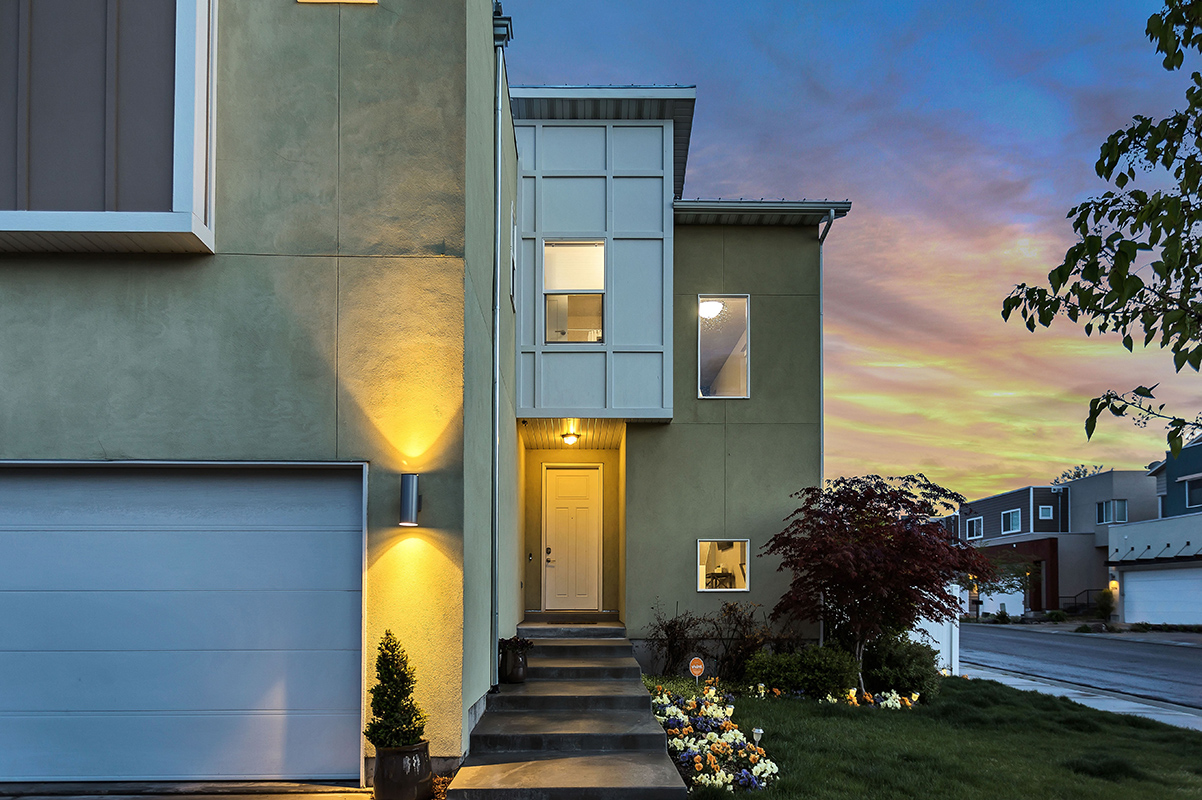Divide and Conquer 2: Tax implications of subdividing your property

In our last article – Divide and Conquer … Tax implications of subdividing your property – we just scratched the surface of the tax implications of subdividing your property. If you haven’t read it, then I recommend you do before continuing.
In this article I would like to explore two scenarios:
- Building on the subdivided land on order to rent the new dwelling; and
- Building on the subdivided land with the intent to sell.
In the next article I will cover living in the newly built dwelling on the subdivided land.
Building to Rent
If you are planning to build on the subdivided land to generate rental income, be prepared to keep detailed records of expenditure and investment in the property until the property is sold.
In our first article in this series, we showed how the subdivided land is considered a separate asset for Capital Gains Tax (CGT) purposes. It is deemed to be acquired at the date of the original purchaseto determine the original purchase cost; i.e. the ‘Cost Base’.
The year it was purchased has an effect on how CGT is calculated. The following two scenarios explain:
Scenario One – land purchased after 19 September 1985
If the land was purchased after 19 September 1985 it is subject to Capital Gains Tax (CGT) when sold. When you build the house on the land you are making a capital improvement to this land for which the cost incurred are added to its ‘Cost Base’.
Example
Allocation of Land Cost $ 100,000
Building cost $ 300,000
Cost Base $ 400,000
From this you can see that ensuring that you retain all receipts and documents is important to calculate the value of the property when it is sold in the future.
Scenario Two, land purchased prior to 20 September 1985
If the land was purchased before 20 September 1985 the land is not subject to CGT when sold, but the building will be and are looked at as separate assets.
Broadly speaking, an improvement done after 19 September 1985 to a pre-CGT acquired asset will be taken to be a separate CGT asset if its cost is:
- more than the improvement threshold in the year the CGT event occurs (for example the threshold for the 2017-2018 financial year was $147,582 and $150,386 for the 2018-19 financial year. For full list of thresholds and date ranges see https://www.ato.gov.au/General/Capital-gains-tax/Your-home-and-other-real-estate/Capital-improvements-and-separate-assets/;or,
- more than 5% of the proceeds from the sale.
As it is hard to imagine a house built after 1985 being valued at less than 5% of the total value, it is safe to say that there are now 2 assets being:
- The land – pre CGT and therefore no capital gains tax applicable on sale; and
- The building – post CGT and therefore there is capital gains tax applicable on sale
When the property is sold, for taxation purposes, you are deemed to be selling 2 items: the land and the building. Therefore, at the date of sale, you will need to obtain an itemised valuation allocating the sales price of the land value and the building value.
Example
A property (land and building) sells for $600,000 for which a valuer has determined the land value as $250,000 and building value as $350,000.
The land is purchased pre CGT and so there is no capital gains tax.
The Building is looked on as a separate asset and so the capital gain is calculated as follows:
Building Sales Value $ 350,000
Building Cost $ 300,000
Capital Gain $ 50,000
You can see that it is vital to ensure that you retain all receipts and documents to calculate the value of the property when it is sold in the future.
Building to Sell
In this context you subdivide your land, build a property on the land and then sell it – obviously to realise a profit.
Note that as the property is subdivided land and there was no property on this subdivided section the ‘Principal Place of Residence’ exemption comes into play (seeDivide and Conquer … Tax implications of subdividing your propertyfor more about this).
Generally speaking, a subdivision project like this would invariably fall under one of the following categories for taxation purposes:
- Mere realisation of a capital asset
Roughly defined as: ‘doing the minimum to get the subdivided land to saleable condition’. This would include things like sewerage provision, fencing, road access etc.
- One-off profitmaking undertaking
This is going beyond point 1, where you are looking at doing more than the minimum to add value to the subdivided land, Iike build a house.
It is important to note that, as subdivisions happen frequently, case law (precedents set by law suits by the ATO) states that when you go beyond the minimum required for subdivision of the landas described above, it is categorised as ‘Profit Making Undertaking’.
Profit-making undertaking has the following taxation implications:
- GST
If the sales price is going to be above $75,000 (a highly unlikely scenario in Australia) then the sale of new residence (you have just built) is subject to GST. Therefore registration for GST is required. - Income tax
As it is a profit-making venture, the profit that is made on the project will be taxed as revenue (income tax at your marginal rate of tax) as compared to capital gains tax where you would have received the 50% discount.
A further curve-ball
For Land purchased before 20 September 1985, as detailed in the previous example, we have two assets here being the land and the building and the sale proceeds need to be allocated to each by a valuer.
- The land – pre CGT and therefore no capital gains tax applicable on sale; and
- The building – post CGT and therefore there is capital gains tax applicable on sale
You can see that the taxation implications differ considerably when you sell subdivided land only compared to when you further develop the land. It is important to consider and calculate the taxation impact on both scenarios before you start, to ensure that you achieve the optimal after tax profit outcome.
If you’re considering subdividing your land then talk to us first and we can help you make the best informed decision. Questions about this article? Leave a comment on our Facebook post or send us an email!



